Creating the ideal home for your feathered friends involves more than just purchasing a cage and some seeds. A well-designed aviary provides birds with the space, stimulation, and safety they need to thrive in captivity. Whether you’re a first-time bird owner or looking to upgrade your current setup, this comprehensive guide will walk you through everything you need to know about creating the perfect aviary. From choosing the right location to selecting appropriate materials, enrichment activities, and maintenance routines, we’ll cover all aspects of aviary design and care. With proper planning and attention to detail, you can create a sanctuary that keeps your birds healthy, happy, and engaged for years to come.
Understanding Your Birds’ Natural Habitat
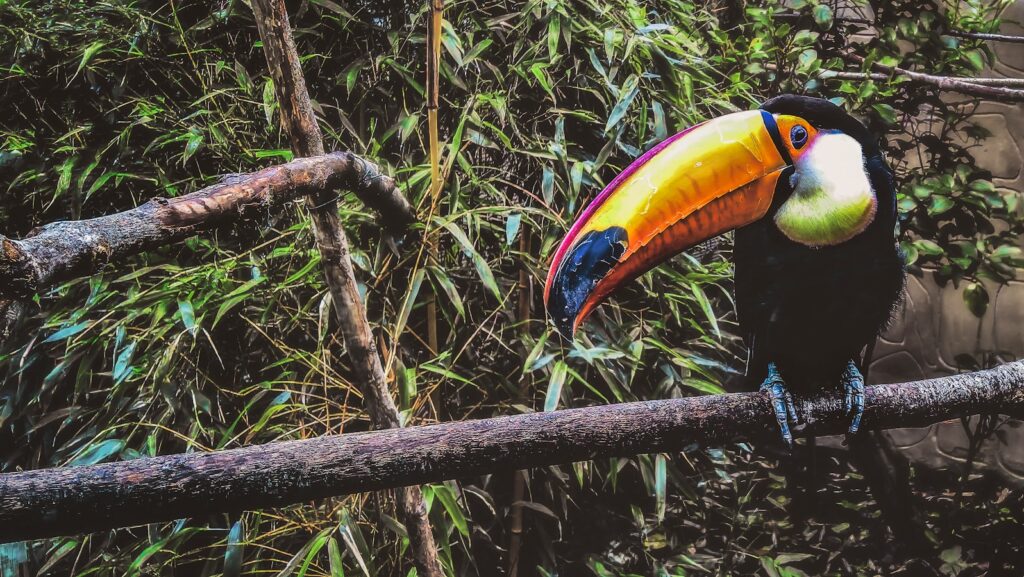
Before designing your aviary, it’s essential to research the natural habitat of your specific bird species. Birds from tropical regions, like parrots and finches, will require different environmental conditions than those from temperate climates. Pay attention to factors such as humidity levels, temperature ranges, natural perching materials, and nesting preferences of your particular species. Observe how your birds would live in the wild – do they prefer high canopies or lower bushes? Are they ground foragers or do they primarily eat fruits and nectar from trees? Understanding these natural behaviors will guide you in creating an aviary that mimics important aspects of their native environment. The closer your aviary resembles their natural habitat, the more comfortable and natural behaviors your birds will display.
Choosing the Right Location

Location is perhaps the most critical decision you’ll make when setting up an aviary. Indoor aviaries should be placed in rooms with good air circulation but away from kitchens (cooking fumes can be toxic) and drafty areas. Outdoor aviaries need protection from extreme weather conditions and predators, ideally with a combination of sun and shade throughout the day. The ideal location should have morning sunlight but afternoon shade, particularly in warmer climates. Consider noise levels too – while birds aren’t typically bothered by household sounds, placing an aviary near a loud television or busy road might cause stress. Additionally, ensure the location allows for easy access for feeding, cleaning, and interacting with your birds, as this will make daily maintenance more convenient.
Determining the Perfect Size
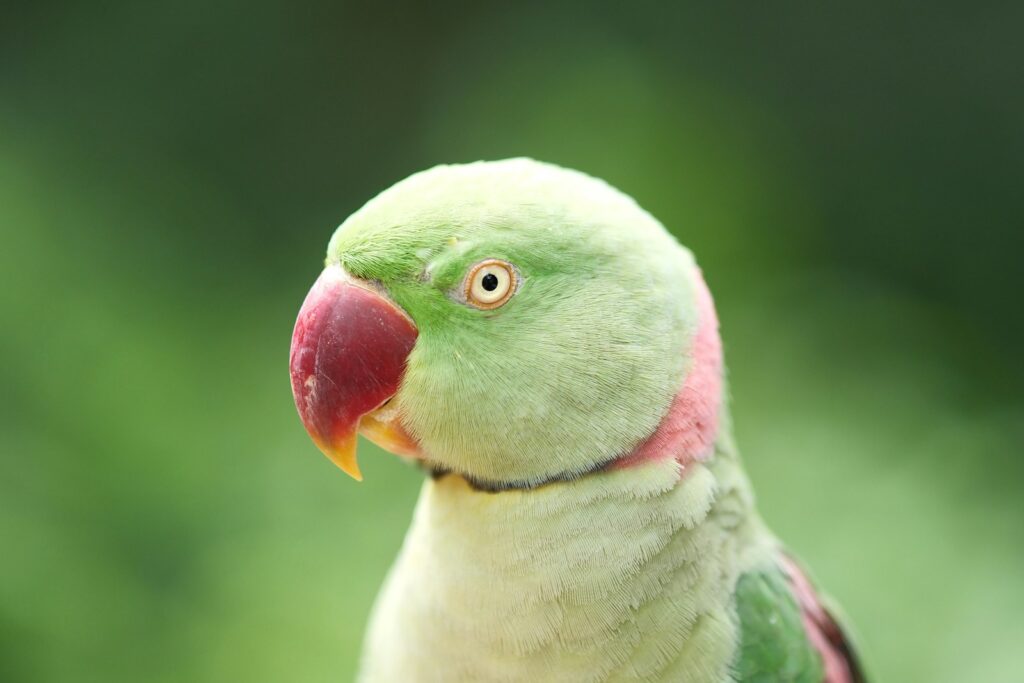
When it comes to aviaries, bigger is almost always better. Birds need sufficient space to fly, exercise, and express natural behaviors. As a general rule, the aviary should be at least three times the wingspan of your largest bird in all directions, but larger is preferable whenever possible. For multiple birds, increase the size accordingly, adding approximately 50% more space for each additional bird. Remember that the height of the aviary is just as important as the floor space, especially for species that naturally fly vertically or climb. Consider your birds’ flight patterns – some species need horizontal space for straight flights, while others benefit more from vertical space for climbing. Despite common misconceptions, no bird thrives in cramped conditions, regardless of its size.
Selecting Appropriate Materials
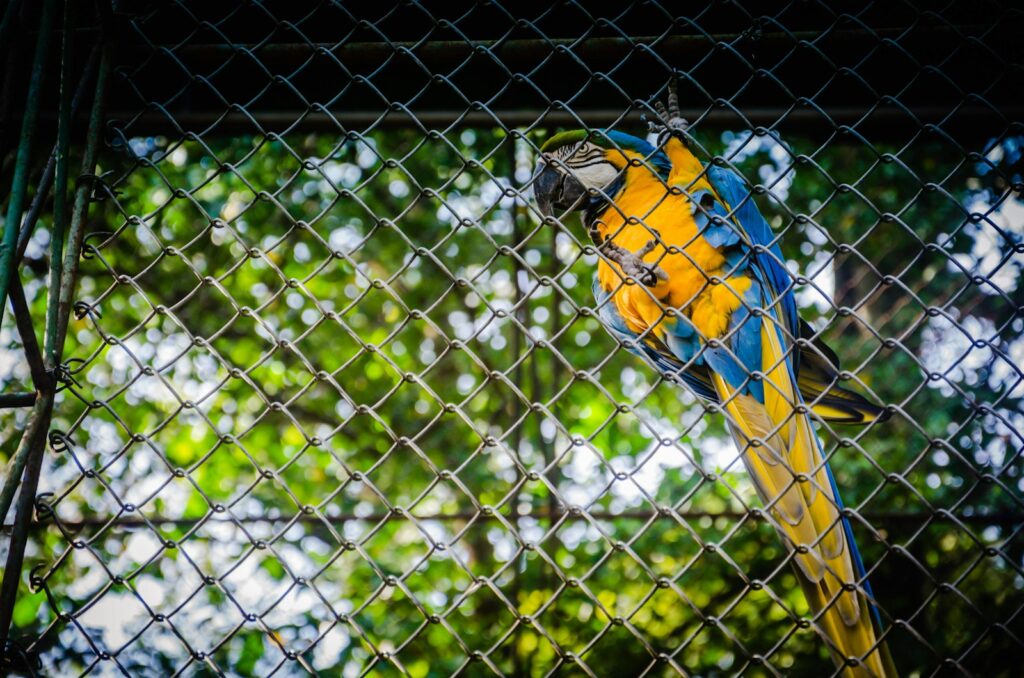
The materials used in your aviary construction must be both safe for your birds and durable enough to withstand the elements and your birds’ activities. For the framework, galvanized steel, aluminum, or treated wood sealed with bird-safe finishes are popular choices. Mesh wire should be made of stainless steel or galvanized material with appropriate spacing – small enough to prevent escape or predator entry but large enough to prevent foot or head entrapment. Never use chicken wire, as it can be easily damaged by persistent birds and predators. For flooring, concrete is ideal for outdoor aviaries as it can be easily cleaned and prevents burrowing predators, while indoor aviaries might use linoleum or special aviary-safe laminate. Avoid zinc-plated materials or those containing lead, as these can cause toxicity if chewed by curious birds.
Creating Proper Ventilation and Lighting
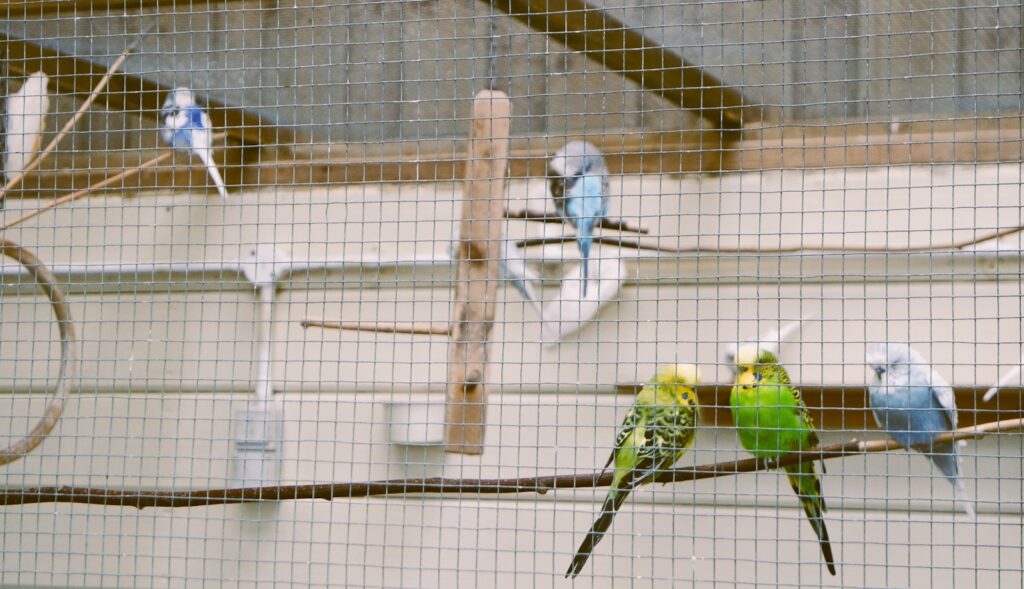
Proper ventilation is crucial for preventing respiratory issues in birds, which are particularly sensitive to air quality. Design your aviary with cross-ventilation in mind, allowing fresh air to flow through without creating drafts. For indoor aviaries, consider air purifiers specifically designed for bird areas to reduce dander and airborne particles. Lighting is equally important – birds require exposure to natural light cycles to regulate their hormonal and behavioral patterns. Full-spectrum lighting that mimics natural sunlight is recommended for indoor aviaries, with timers set to maintain consistent day/night cycles. Outdoor aviaries should provide both sunny spots and shaded areas, allowing birds to thermoregulate as they would in nature. Remember that most bird species benefit from exposure to unfiltered natural sunlight (not through glass) for vitamin D synthesis, though direct sun exposure should always be accompanied by shade options.
Temperature and Weather Protection
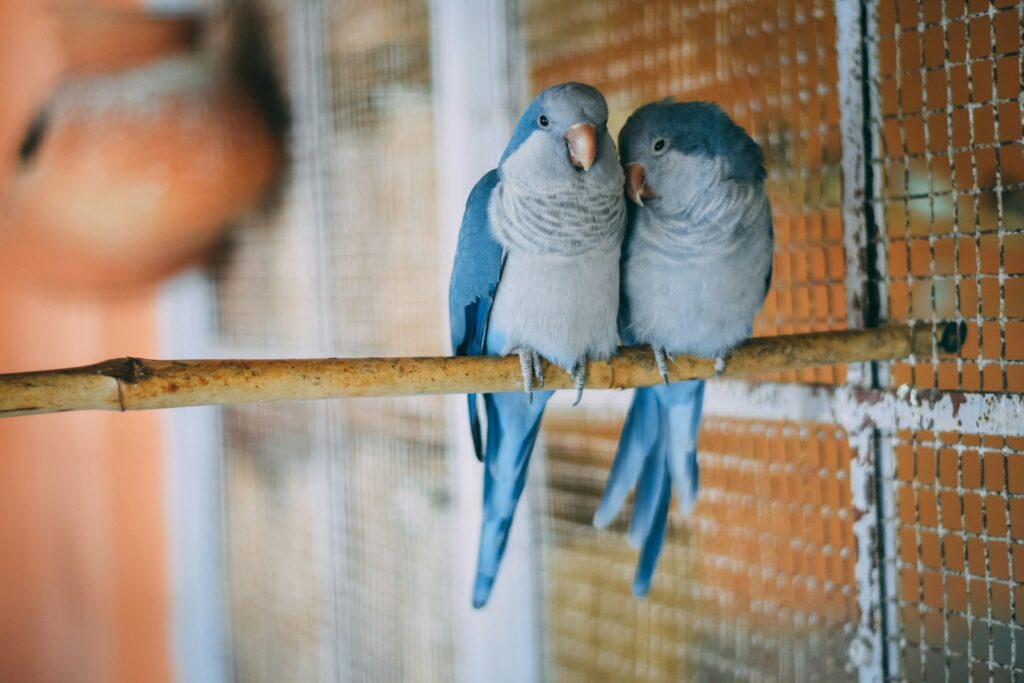
Birds have specific temperature requirements depending on their native habitat, so designing your aviary with proper temperature control is essential. Outdoor aviaries should include a sheltered section where birds can retreat during inclement weather, extreme temperatures, or for nighttime protection. This shelter should be insulated and potentially heated in colder climates, maintaining temperatures appropriate for your specific species. For tropical birds, heating options might include infrared panels, ceramic heat emitters, or oil-filled radiators with thermostatic controls. Install thermometers at various points in the aviary to monitor temperature gradients. For areas with harsh winters, consider a double-walled design with an insulated space between walls, and provide windbreaks on dominant wind-facing sides. During summer months, misters or gentle sprinklers can help cool the aviary while providing bathing opportunities.
Essential Furnishings and Perches
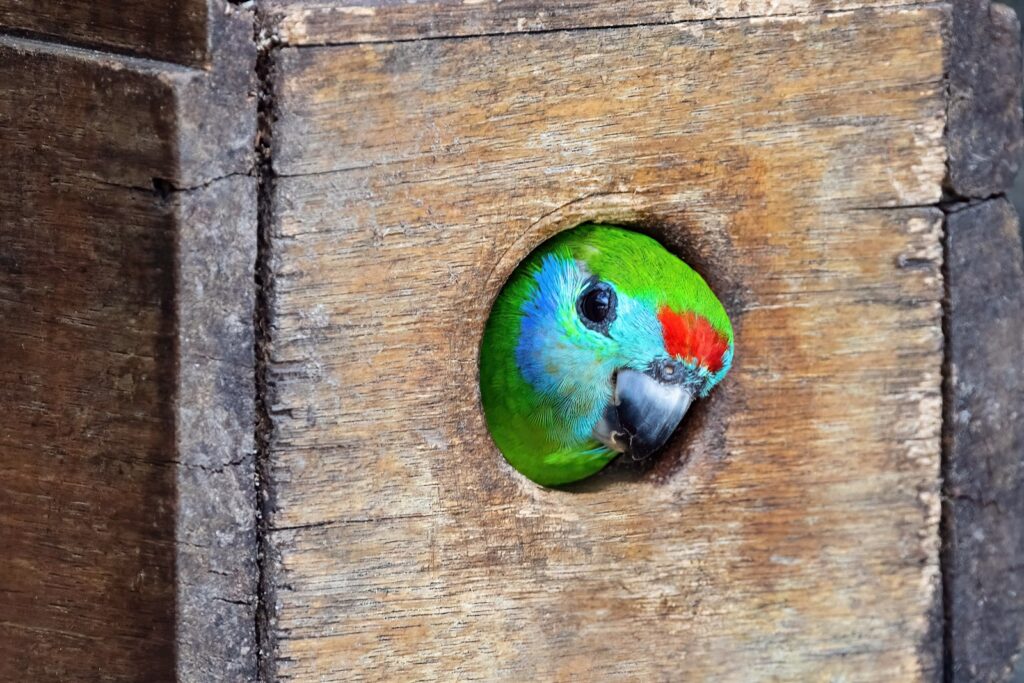
The interior furnishings of your aviary significantly impact your birds’ physical health and psychological well-being. Perches should be the centerpiece of your design, offering various diameters, textures, and materials to promote foot health and prevent pressure sores. Natural branches from bird-safe trees like apple, maple, or willow provide irregular surfaces that exercise different muscles in birds’ feet. Position perches at multiple heights and locations, with food and water stations accessible from comfortable perching spots. Include both stable and slightly flexible perches to help birds develop balance and core strength. Beyond perches, incorporate natural elements like large leafy branches (regularly replaced), stone formations, or shallow pools for bathing. These enrichment features encourage natural behaviors like foraging, climbing, and bathing that keep your birds mentally stimulated and physically active.
Food and Water Station Setup
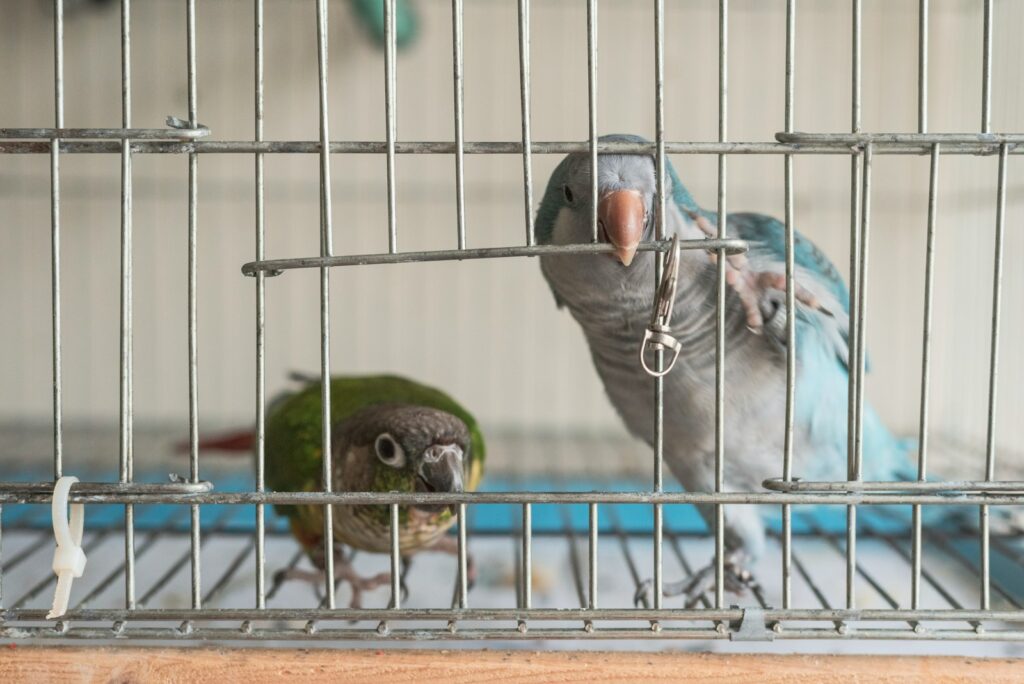
Strategically placed feeding and watering stations are critical components of a well-designed aviary. Position multiple food stations throughout the aviary to prevent resource guarding and ensure that submissive birds have equal access to nutrition. Elevated feeding platforms help keep food clean from droppings and substrate materials. Stainless steel or ceramic dishes are preferable as they’re durable and easy to sanitize, unlike plastic, which can harbor bacteria in microscopic scratches. Water should be available in several locations, with both drinking and bathing options provided separately. Consider automatic watering systems for larger aviaries, but ensure they’re checked daily for proper functioning. For nectar-feeding species like lories or hummingbirds, special nectar feeders should be positioned away from direct sunlight to prevent fermentation. Remember to place all feeding stations where they can be easily accessed for daily cleaning and refilling without causing undue stress to the birds.
Enrichment and Toy Selection
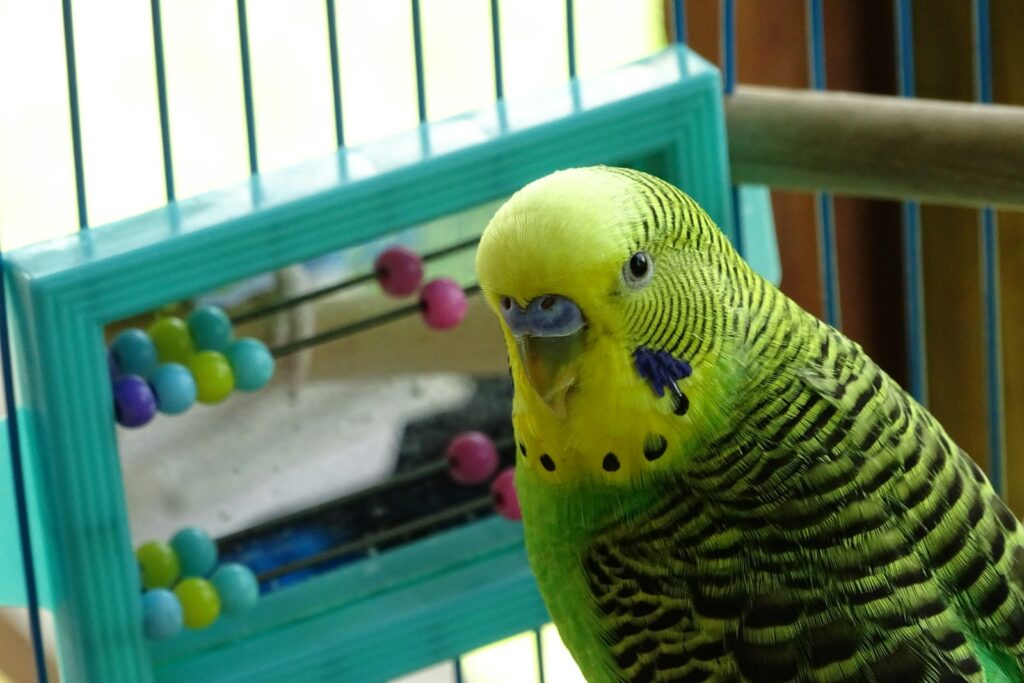
Environmental enrichment is vital for preventing boredom and stereotypical behaviors in captive birds. An ideal aviary includes a variety of toys that stimulate different types of play and problem-solving behaviors. Rotating toys regularly keeps the environment novel and engaging. Include foraging toys that make birds work for treats, mimicking natural food-seeking behaviors. Provide destructible items like untreated wood, palm leaves, or woven grass toys that satisfy natural chewing urges, especially important for parrots. Swings, rope ladders, and climbing nets encourage exercise and offer dynamic perching options. Sound toys like bells or chimes can be entertaining for more vocal species. When selecting commercial toys, ensure they’re made from bird-safe materials free from toxic dyes, metals, or small parts that could be swallowed. Homemade toys can be equally effective – simple paper bags filled with treats or cardboard tubes stuffed with shredded paper provide inexpensive enrichment opportunities.
Nesting Areas and Privacy Spaces
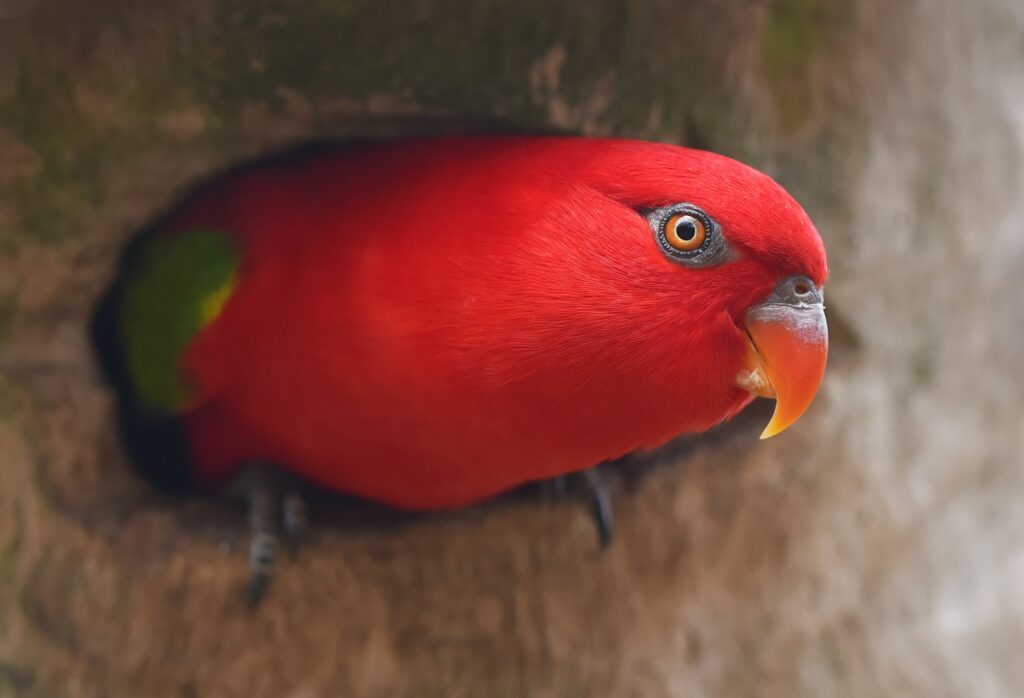
Even the most social birds occasionally need privacy, making secluded areas an important feature in any aviary design. Create visual barriers using dense foliage, hanging vines, or strategically placed nest boxes that allow birds to retreat when feeling stressed or threatened. For breeding pairs, appropriate nesting boxes or natural materials for nest building should be provided according to species-specific requirements. Some birds prefer horizontal nest boxes, others vertical ones, and the entrance hole size should be appropriate for your particular species. Position nest boxes in quieter, less trafficked areas of the aviary, ideally with some cover from natural elements. For non-breeding birds, similar privacy spaces without nesting material can serve as secure sleeping quarters or daytime retreats. These privacy areas are particularly important in mixed-species aviaries or collections with multiple individuals, allowing subordinate birds to escape from more dominant ones.
Safety and Predator Prevention
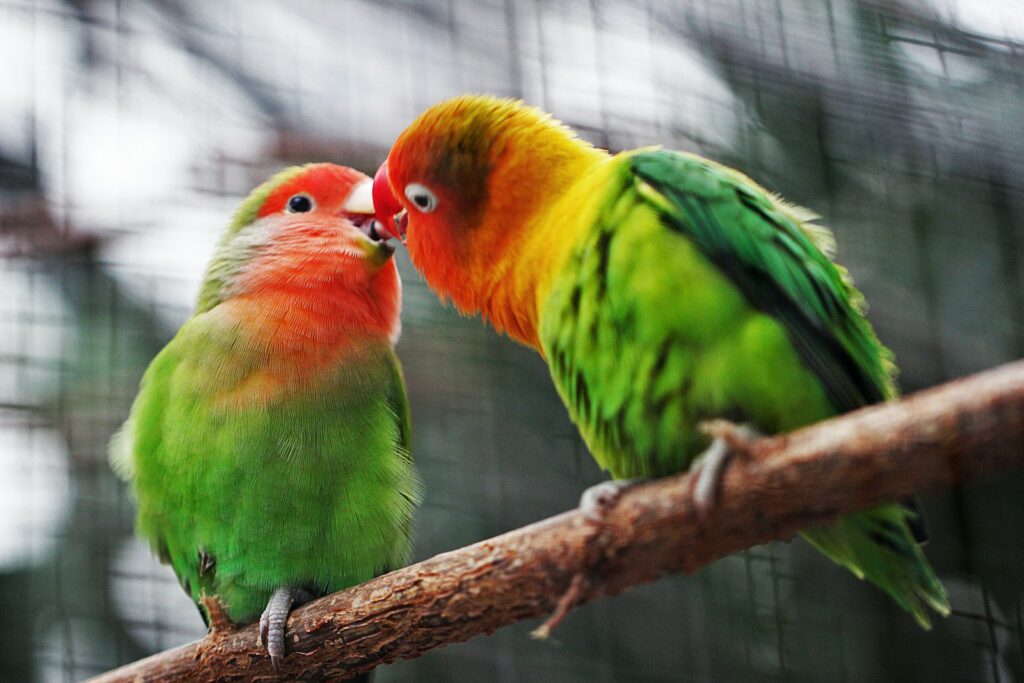
Protecting your birds from predators and escape is paramount when designing an aviary. Double-door entry systems (airlock style) prevent accidental escapes during maintenance and feeding times. Bury mesh at least 12 inches underground around the perimeter of outdoor aviaries to prevent digging predators from gaining access. Consider electric fencing as an additional deterrent for persistent predators like raccoons or cats. All hardware should be secured with lock nuts or safety pins to prevent clever birds from opening latches or doors. Regular inspections of the entire structure should be conducted to identify potential weak points, damaged mesh, or loose connections. Install predator alarms or motion-activated lights for nighttime protection, and consider predator-proof feeding stations that prevent wild birds or rodents from accessing your birds’ food (and potentially introducing diseases). Remember that even indoor aviaries need safety considerations, such as securing windows and doors in the room and removing hazards like ceiling fans or toxic houseplants.
Cleaning and Maintenance Systems
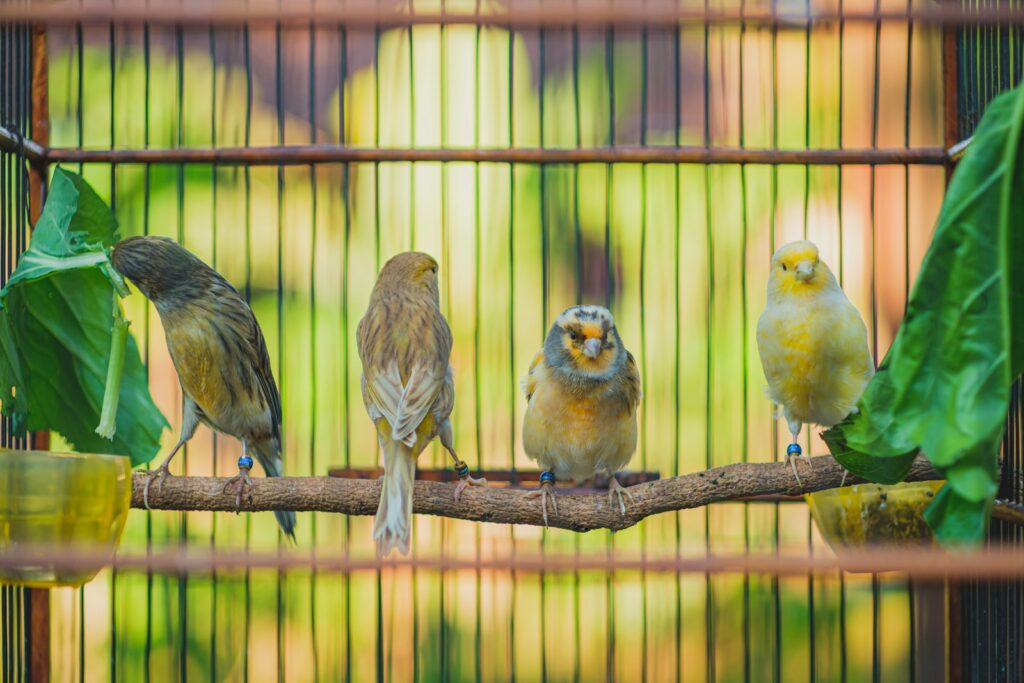
A well-designed aviary incorporates features that simplify the essential task of regular cleaning. Consider installing a proper drainage system with a slight slope in outdoor aviaries to facilitate washing down surfaces. Choose substrates carefully – sand, fine gravel, or specialized aviary bedding materials can make daily spot cleaning more manageable. Install removable trays under high-traffic perching areas to collect droppings, making daily maintenance quicker and more effective. Design water features with easy drainage or filtering systems to prevent stagnation. Create access points or removable panels in strategic locations to reach areas that might otherwise be difficult to clean. Incorporate a quarantine or holding area within your aviary design where birds can be temporarily housed during deep cleaning sessions. Remember that proper cleaning is not just about aesthetics – it’s critical for preventing disease transmission and maintaining good air quality, making these design considerations an investment in your birds’ long-term health.
Monitoring and Healthcare Setup
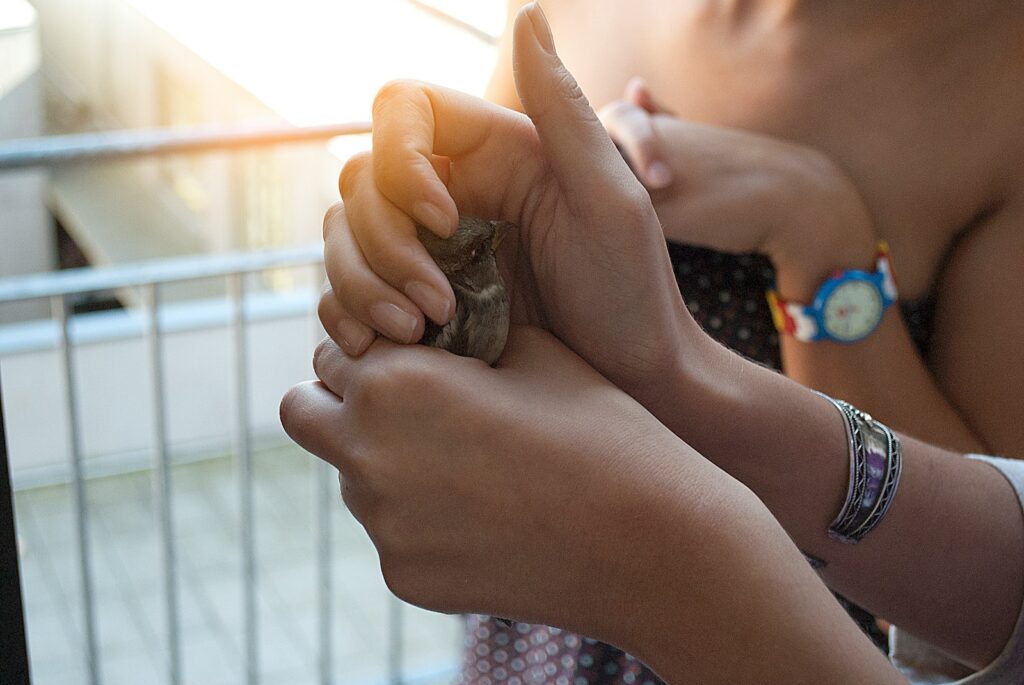
Integrating monitoring systems into your aviary design allows for proactive healthcare management. Consider installing discrete cameras that let you observe birds’ behaviors when you’re not present, which can help identify early warning signs of illness or conflict. Create a dedicated health station area with good lighting for regular visual inspections and basic treatments. This area should include a small counter for record-keeping, a scale for regular weighing, and storage for first-aid supplies. Develop a system for tracking each bird’s food consumption, which often decreases before other symptoms appear during illness. In larger aviaries, include a smaller catch-up area where individual birds can be isolated for examination without causing stress to the entire flock. Temperature and humidity monitors should be placed at various heights to ensure optimal environmental conditions are maintained. Remember to position these monitoring stations where they can be easily checked but won’t disturb your birds’ normal activities.
Budgeting and Long-term Planning
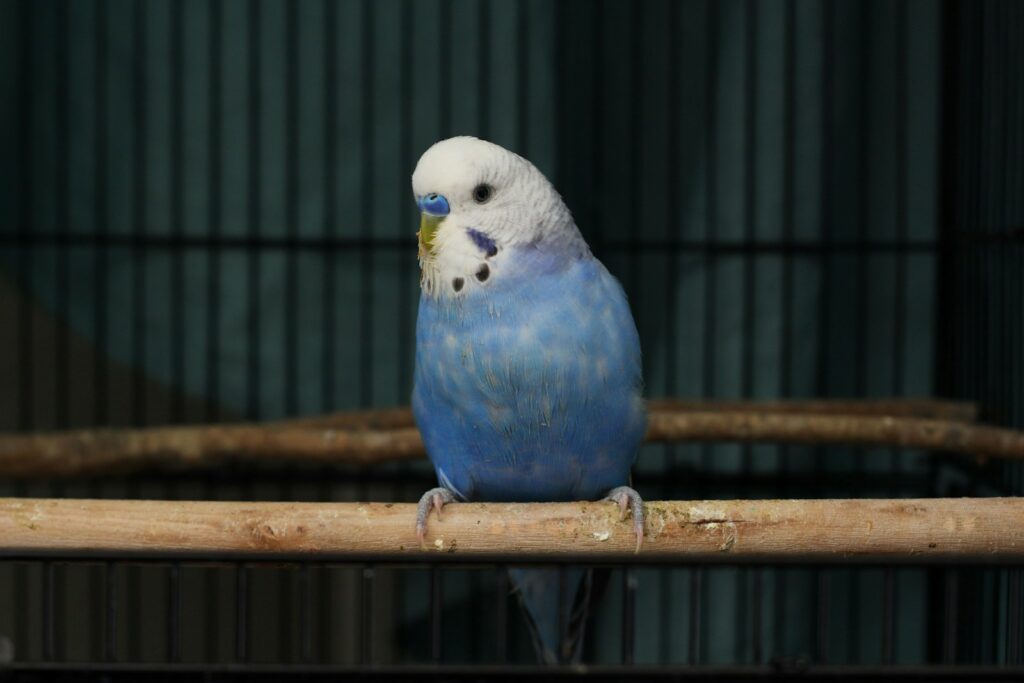
Creating the perfect aviary is an investment that requires thoughtful financial planning. Beyond the initial construction costs, budget for ongoing expenses like quality food, enrichment items, veterinary care, and maintenance supplies. When designing your aviary, consider future expansion possibilities – it’s often more economical to build slightly larger initially than to reconstruct later. Prioritize spending on elements that directly impact bird health and safety, such as quality wire mesh, proper weatherproofing, and durable food stations. Look for opportunities to economize on non-essential features or implement them in phases as finances allow. Consider energy efficiency in your design by incorporating natural lighting and proper insulation to reduce long-term heating and lighting costs. Remember that some materials may have higher upfront costs but offer better longevity and disease prevention, making them more economical over time. Creating a monthly maintenance fund ensures you’re prepared for unexpected repairs or veterinary emergencies without compromising your birds’ care.
Conclusion: Creating Your Feathered Paradise
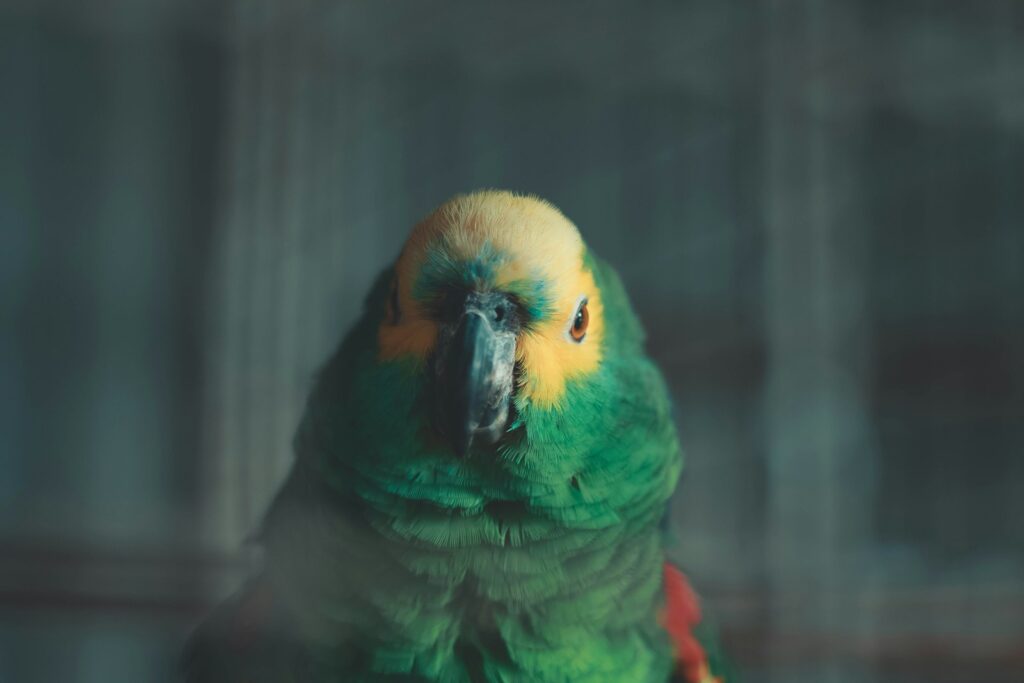
Designing and maintaining the perfect aviary is both an art and a science, requiring careful attention to your birds’ specific needs balanced with practical considerations. The most successful aviaries evolve over time as you observe your birds’ preferences and behaviors, making adjustments to better accommodate their natural instincts. Remember that while the physical structure is important, the care and attention you provide daily will ultimately determine your birds’ quality of life. Regular interaction, observation, and environmental enrichment transform a simple enclosure into a thriving habitat. By investing time in research and quality materials upfront, you create a space where your birds can live longer, healthier, and more behaviorally rich lives. Your perfect aviary becomes not just a home for your birds, but a rewarding focal point that brings natural beauty, fascinating behaviors, and joyful interactions into your everyday experience.

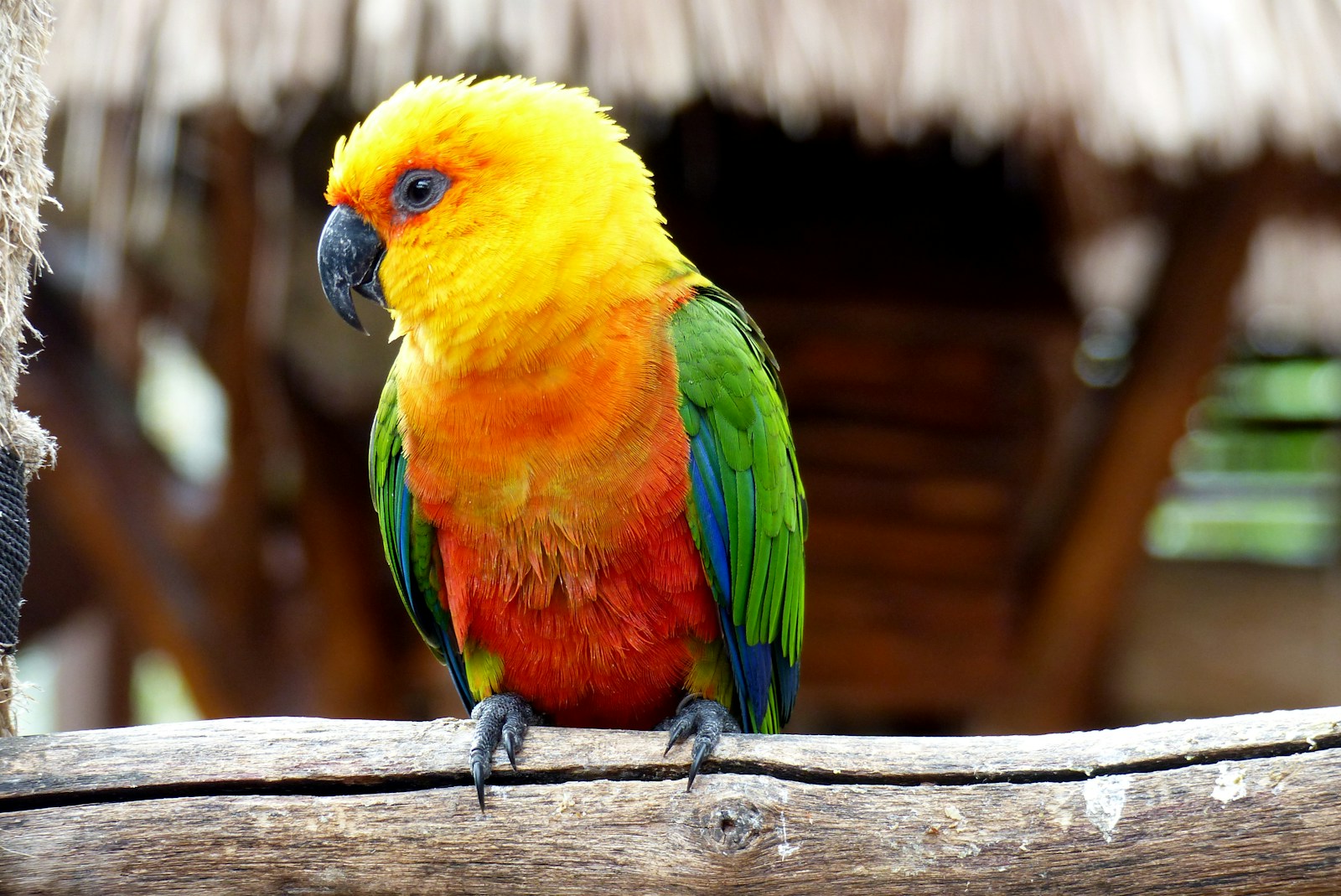

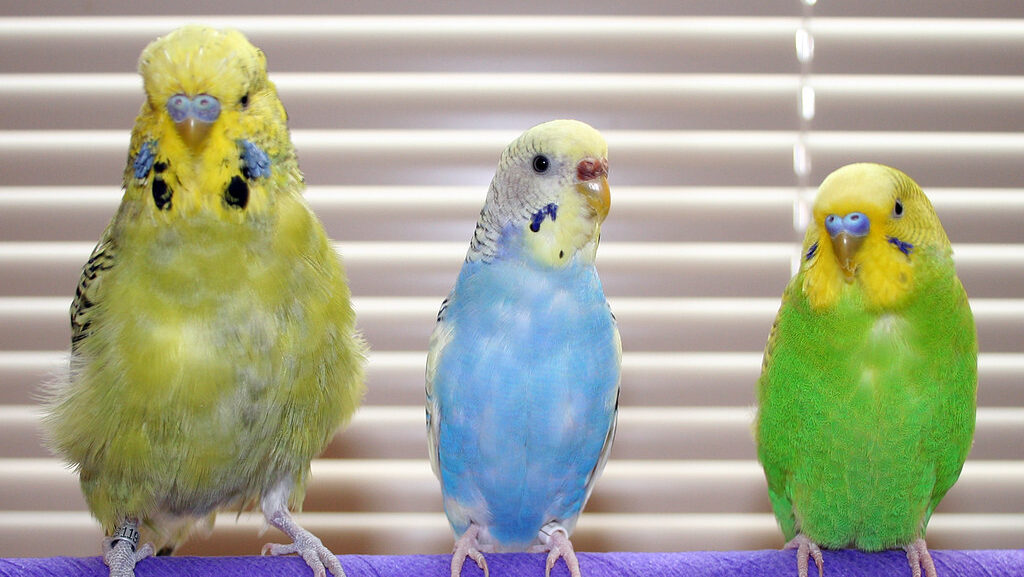

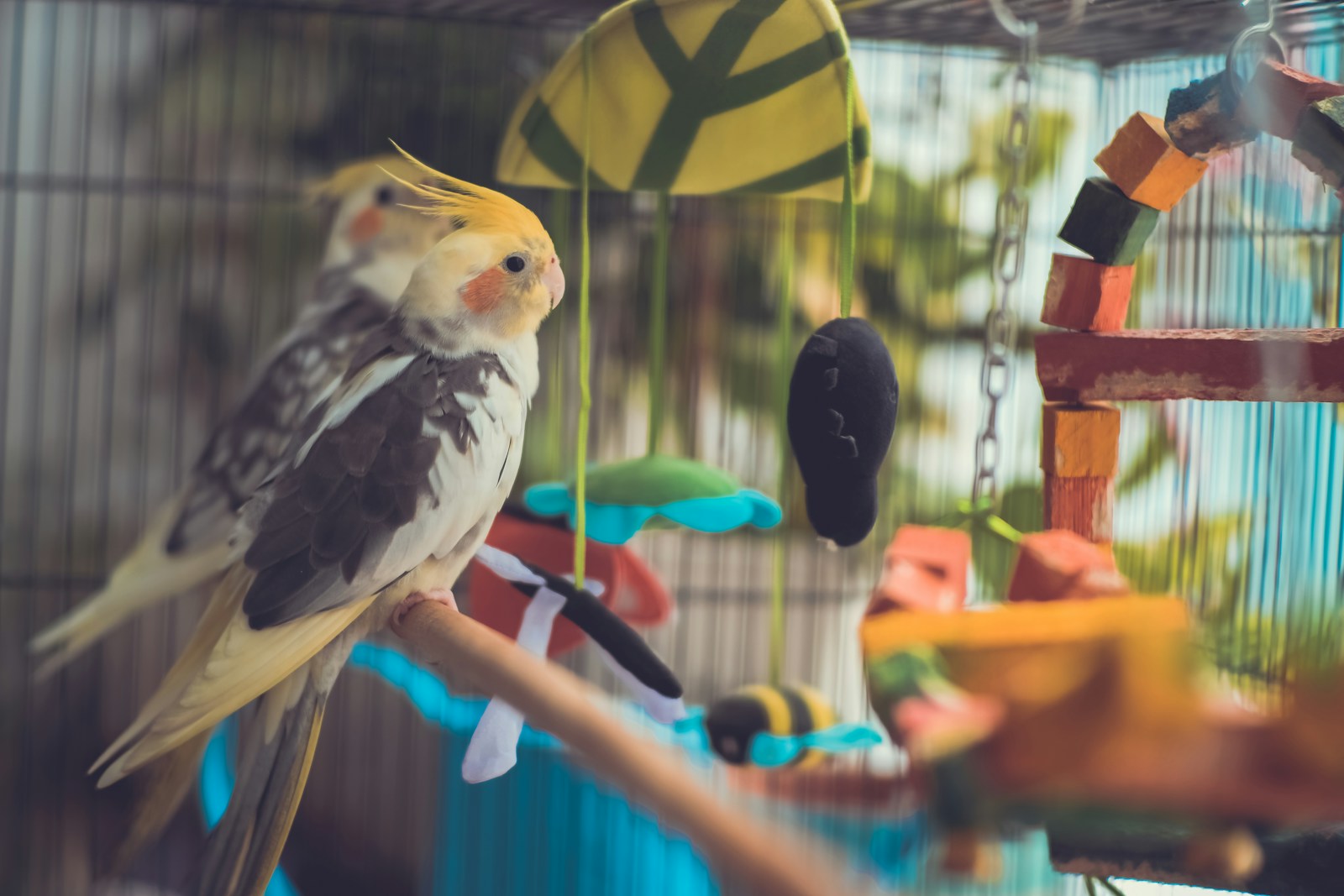
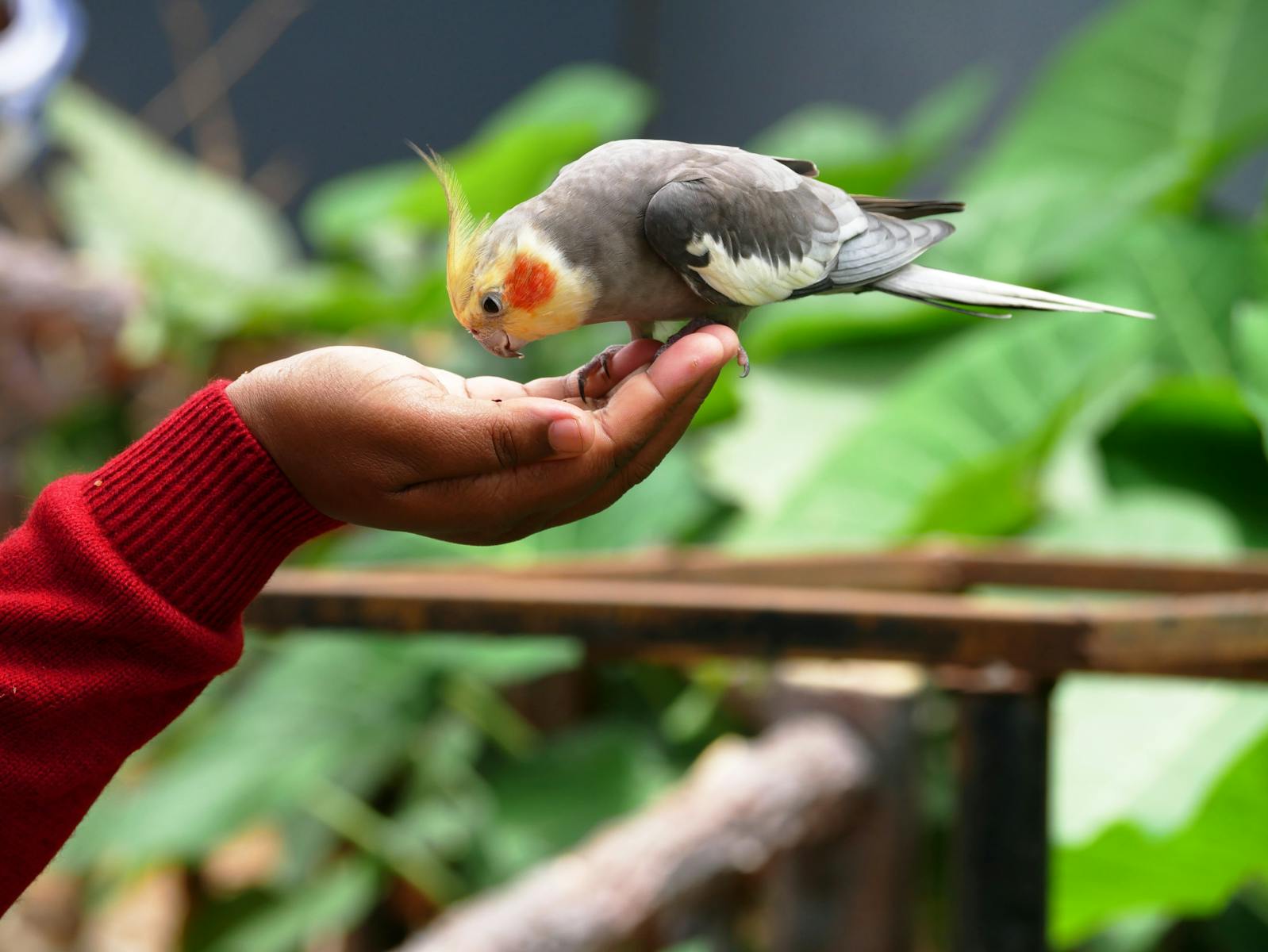
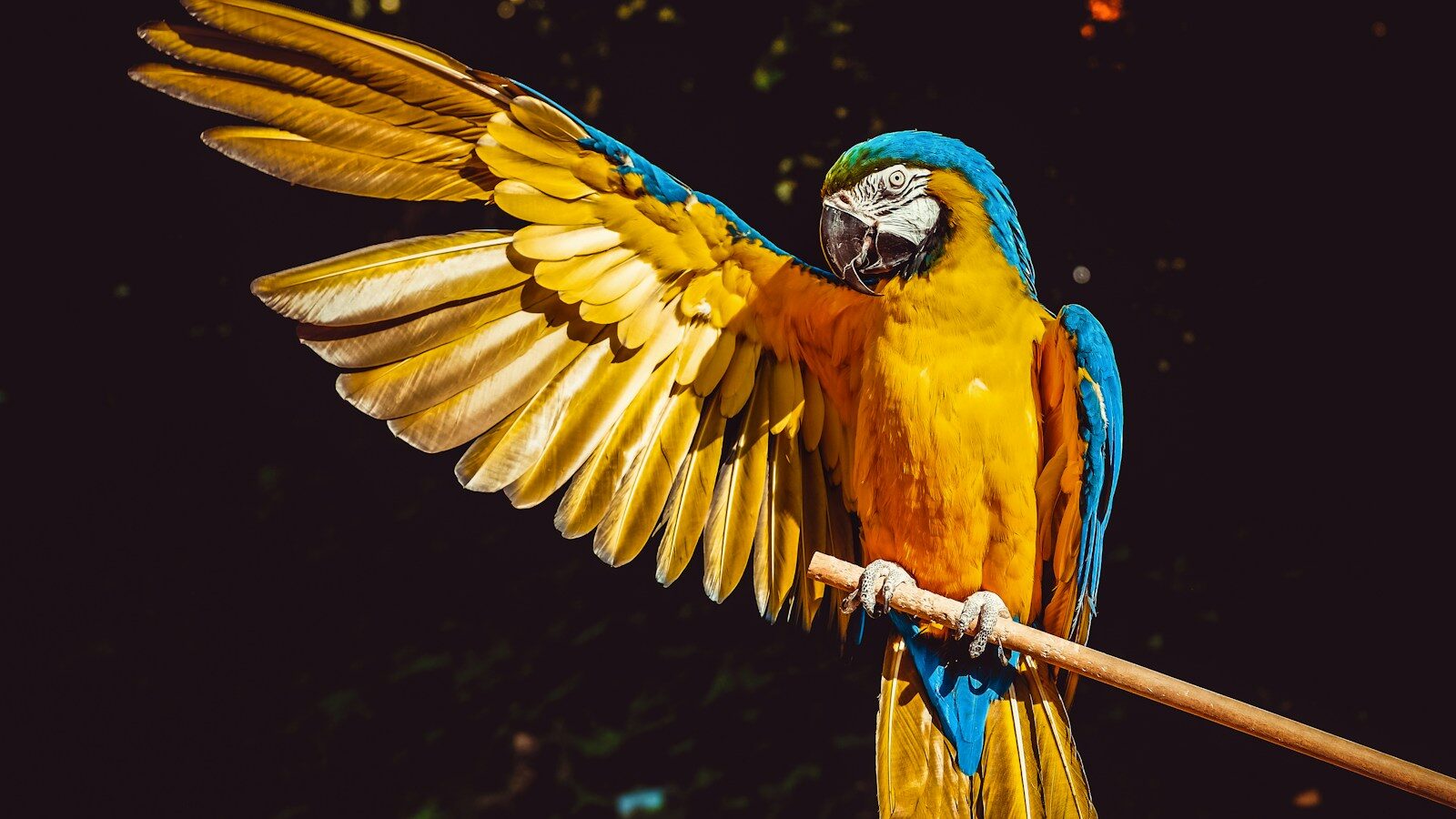

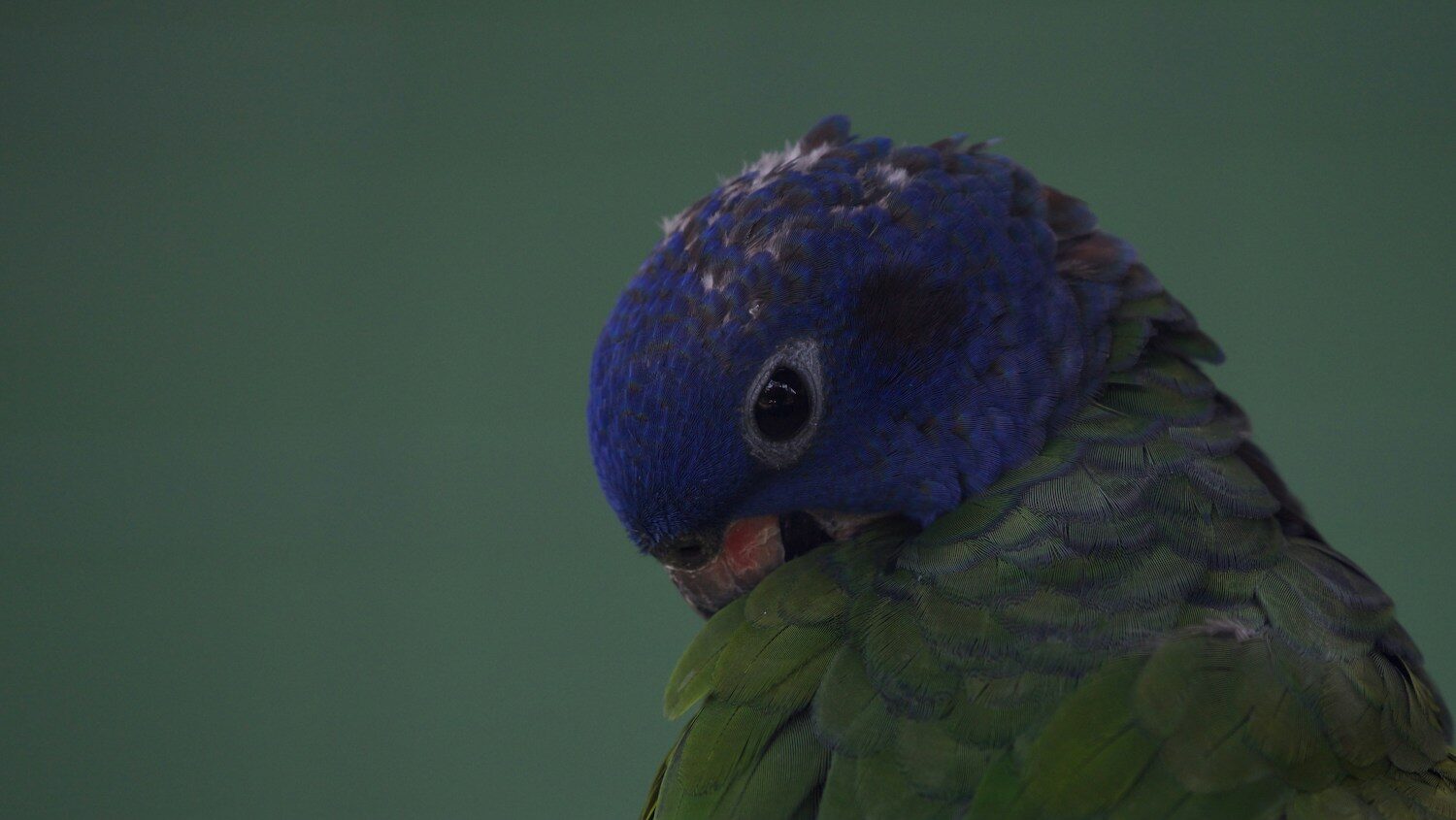

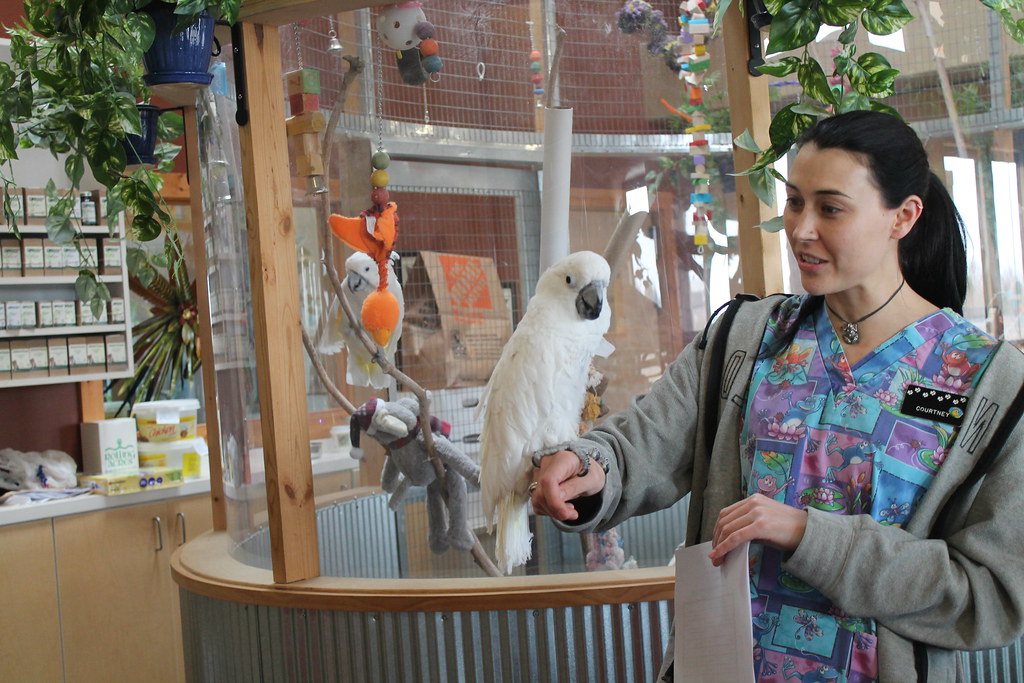




Leave a Reply